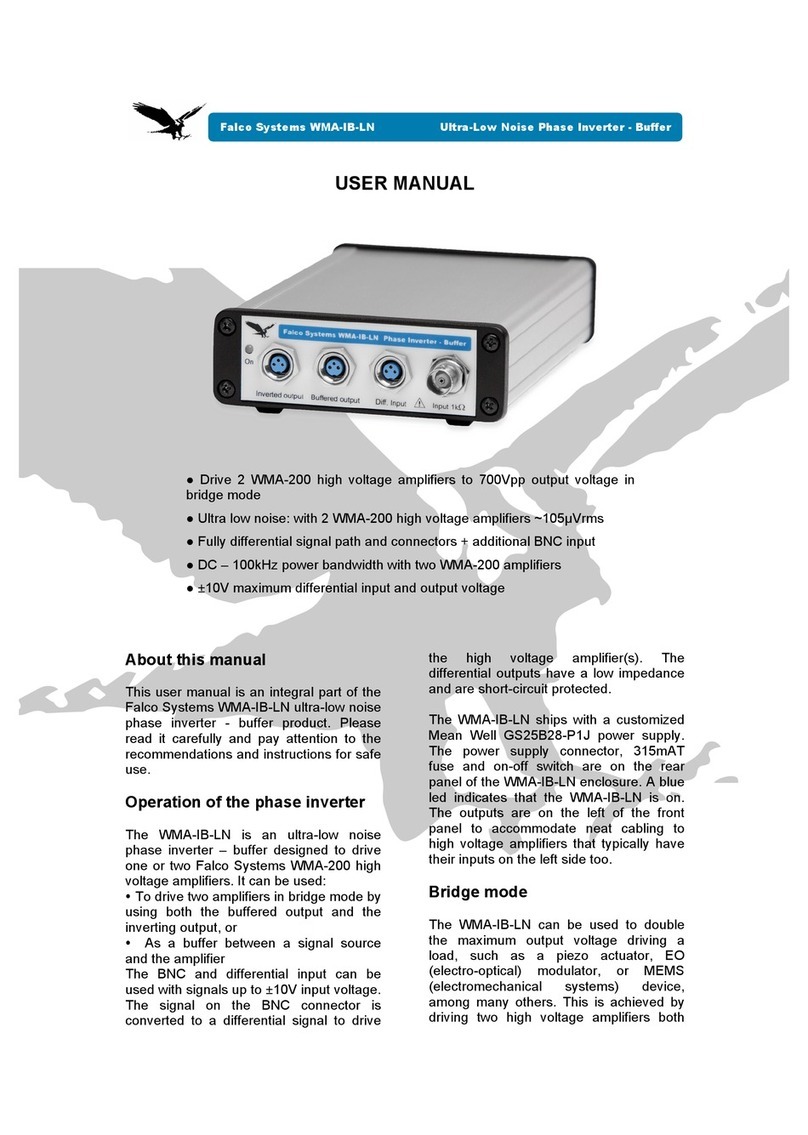Figure 4. Shielded, differentially driven
load for bridge mode operation
The housing of the modulator is connected
to the shield of the cables this way,
resulting in good interference rejection.
This scheme is also the recommended
one if the user has the possibility to design
the connections of the load him/herself.
In situations where driving the load
differentially with two connectors is
impossible, e.g. because the load has only
a single connector, both amplifier outputs
have to be connected together at the load,
as depicted in Fig. 5.
Figure 5. Driving a single-connector load
in bridge mode
If one of the two connections of the
connector is connected to the (conductive)
housing of the load, check that:
!the housing/outside of the load floats
with respect to the ground of the
amplifiers, i.e. it makes no contact with the
electrical circuit to which the amplifiers
belong, other than via the output cables,
and
!the housing/outside of the load and the
BNC connector itself cannot be touched,
as it carries the full output voltage of one
of the high voltage amplifiers. For this
reason the sign is present on the
enclosure. The use of an insulated BNC
connector is recommended.
To aid in connecting floating loads in
bridge mode, Falco Systems offers a
special ‘bridge mode insulated tee-cable’
(Fig. 6). This cable takes the two amplifier
cables on BNC connectors, and has a
third BNC connector, where the inner
conductor of one input cable is connected
to the inner pin, and the inner conductor of
the other cable to the outer ring, which is
normally associated with the 0V shield.
This functionality is very different from a
normal BNC tee-adapter, which is only
used to connect the inner conductor of a
BNC cable to two cables, with all inner
pins connected together.
Figure 6. A ‘bridge mode’ tee-cable for
connecting the load is available from Falco
Systems, and can be purchased on the
website www.falco-systems.com
Required amplifier properties
The WMA-IB-HS phase inverter - buffer
can be used with many high voltage
amplifiers, and is not limited to driving
amplifiers of the Falco Systems brand.
Most amplifiers with an output current
limiter are suitable, as the current limiter
will ensure that the maximum power
dissipation inside the amplifier will not be
exceeded. When the setup is used with
fast changing signals, the voltage and
current transients at the amplifier outputs
may be slightly different in bridge mode
than when the load is grounded. For most
amplifiers this will be no problem, but
when in doubt, please contact the
manufacturer of the high voltage amplifiers
before using the amplifiers in bridge mode.
Amplifiers without a current limiter will
dissipate twice the normal power. The
double voltage will be shared equally
between the amplifiers in bridge mode, but
the doubled voltage across the load will
result in a doubled current, which flows
through both amplifiers. Depending on the
details of the setup, this higher dissipation
may or may not be a problem. Again,
when in doubt, please contact the
manufacturer of the amplifiers before
using the amplifiers in bridge mode.



























